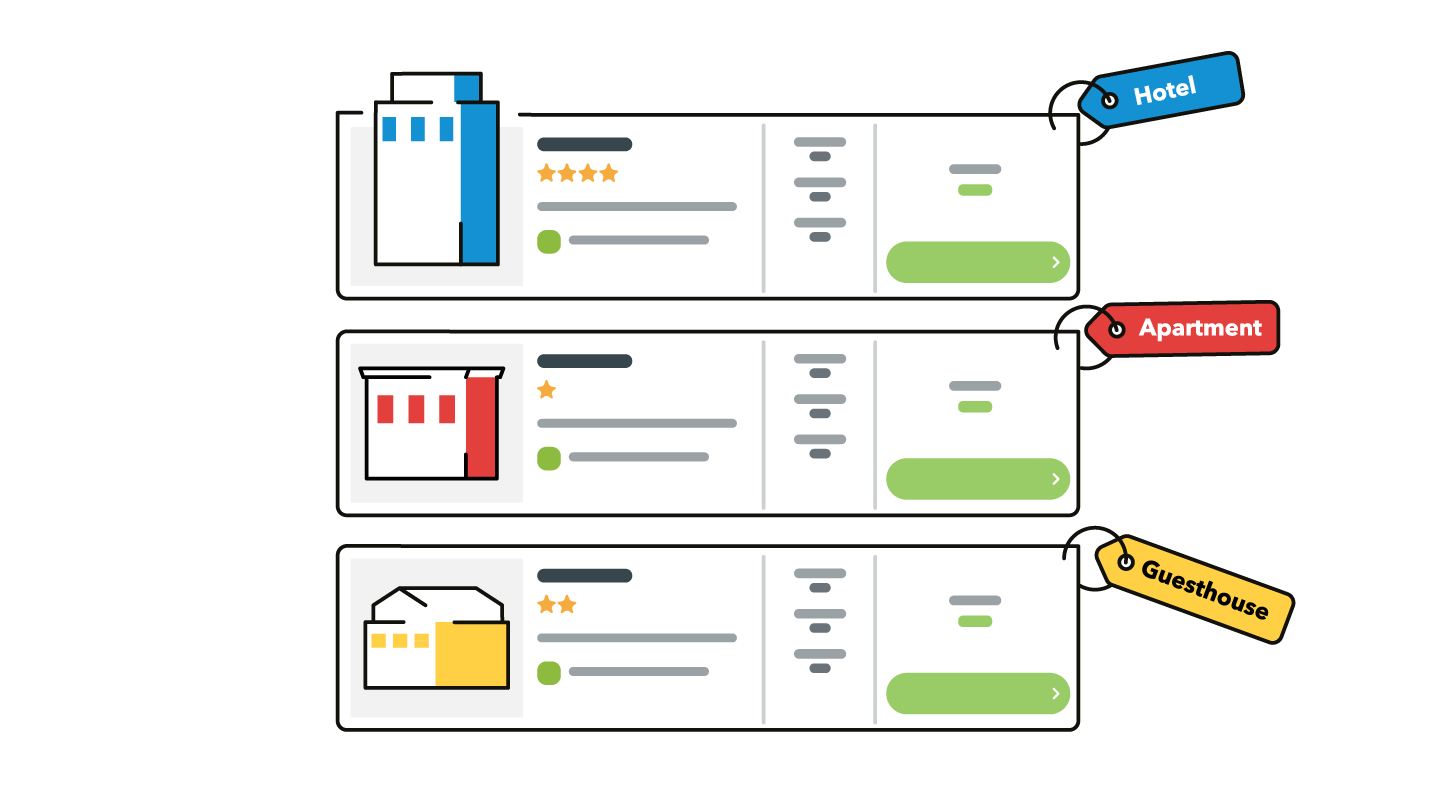Learning about risk-taking, sentiment analysis, cybersecurity, and psychological safety in one evening? That’s quite a mix, isn't it?
That’s what the audience got offered at the Women in Tech meetup, which took place on February 29th in trivago's office space. Together with iteratec, trivago had the pleasure of bringing together the vibrant community of female tech talents and their allies on the occasion of International Women's Day, for an evening featuring stories about risk, safety, and continuous improvement.














Follow us on